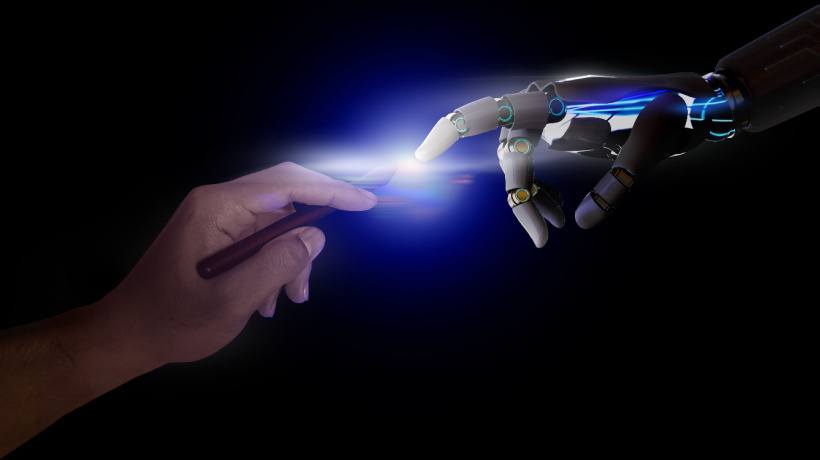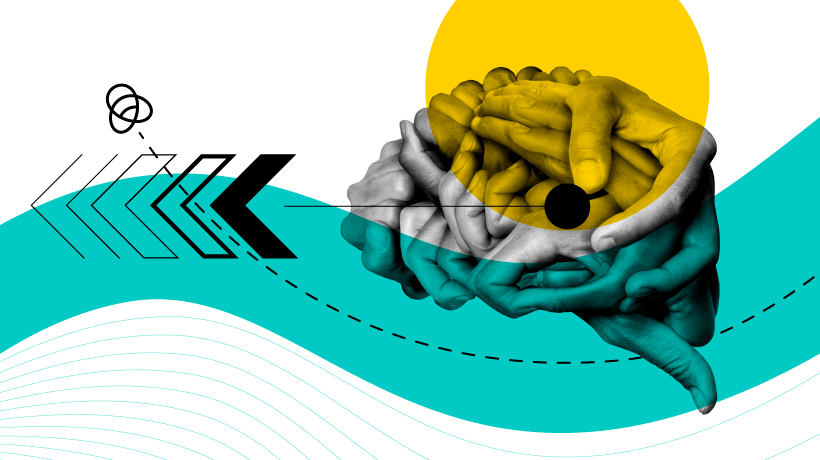Driving Curiosity And Experiential Learning
Creativity is a crucial aspect of learning. For teachers, trainers, and coaches, one of the biggest problems is attempting to teach creativity. However, it's possible to leverage technology, specifically EdTech tools, to foster creativity by making the educational journey an individualized and engaging adventure. Whether you're in the educational, business, personal growth fields, or a teacher or student, there's something valuable for you here. Let's get started and learn how EdTech can boost creativity and drive better learning experiences for students and all kinds of learners.
5 Ways To Boost Creativity Using EdTech
1. EdTech And Personalized Learning
Education and training can no longer remain a one-size-fits-all approach. And why should it be, when we have so many advancements to improve our learning journeys? The right EdTech tools enable teachers to personalize lesson plans and activities based on each student's strengths, weaknesses, and interests. How? By using tools that personalize resources and activities tailored to students' individual needs, learning styles, and pace.
For example, an online language learning platform can use AI algorithms to create personalized lesson plans for each student based on their previous progress and performance. In this way, you make the learning process more effective but also more engaging by catering to the specific preferences of your students. This not only increases engagement but also empowers learners to take ownership of their learning experiences.
2. Gamification And Interactive Learning
Think about it. Wouldn't you be more motivated to learn if your training experience was more like a game than a traditional class lecture? The good news is that gamification and interactive learning platforms are already supporting learning, making education more engaging and fun. Gamified platforms turn learning into a competitive game where students earn points, badges, or rewards for achieving learning objectives.
Similarly, interactive learning platforms provide a virtual environment where students can learn, practice, and master skills through engaging and fun-filled activities. These platforms provide real-time feedback to students, thus empowering them to monitor their own progress and take control of their learning journey.
By tapping into the natural human instinct for competition and achievement, gamification and interactive learning not only make the learning process more engaging but also more effective.
3. VR And AR: Immersive Learning Experiences
Imagine exploring the Great Pyramids of Egypt while sitting right in your room. It’s possible thanks to VR and AR technology. Virtual Reality and Augmented Reality tools are making such expeditions and learning options more accessible than ever.
While it’s shut down now, Google Expeditions offered just such experiences. It has since been incorporated into Google Arts and Culture, where anyone can go on virtual tours of over 2,000 museums worldwide. Similarly, Microsoft HoloLens has educational partnerships to integrate learning with experiences.
While such platforms and tools are still some time away from being universal, they highlight possible shifts in learning in the future. They will spark creativity and help students learn faster.
4. AI-Driven Creative Tools
You’re already aware of ChatGPT, as it's taking the world by storm. What’s even more interesting is how people are using AI in different ways. For example, some AI-powered tools are transforming creative expression. These tools utilize Machine Learning algorithms to generate art, designs, or even music, pushing the boundaries of traditional creativity.
How can you use these tools to teach people creativity? Perhaps you could encourage young design students to experiment without hesitation, as it’s possible to generate creative ideas rapidly instead of spending hours to do so. Encourage the use of AI and creativity tools to help people experiment more and faster, and come to find what works for them more easily. While such tools are not replacements for authentic creativity, they can speed up the process of experimentation in art, which is critical to finding your creative voice.
5. Continuous Learning And Exploration
The emergence of EdTech has redefined the concept of lifelong learning, making it an ongoing journey of curiosity, exploration, and discovery. Platforms like Coursera, edX, and Udemy provide people with a wide range of online courses across various disciplines, helping anyone stay updated with the skills of their choice. If you’re in a position where you train people or teach students, ask your organization to make use of these platforms. There are other platforms, too, that you could explore.
The entire point of continuous learning, EdTech tools, and their relationship to creativity is that they feed the pool of knowledge that creativity draws from. Steve Jobs is attributed with saying that creativity is just combining different things in new ways. Albert Einstein is also attributed with stating that combinatory play is the foundation of creativity. What you should take away is that you need to have basic knowledge in different areas to play with, get inspiration from, and combine. Creativity isn’t always about making things from scratch. Just reinventing something that exists or combining two fields is creative.
And you must acknowledge that learning and using EdTech platforms to build your knowledge base is vital. Lean heavily and encourage your students to dive into different learning platforms. They are powerful means of creating growth, boosting creativity, and achieving personal fulfillment.
Leveraging EdTech To Foster Creativity
The beauty of educational and creative tools is that they shift the learning process from being a purely mental effort to an experiential one. This makes learning more interactive and compelling, increasing the chances of retaining information. Instead of just reading about a concept, students can now experience it in a virtual environment or experiment with AI-driven tools or AR and VR to understand it better. This helps foster creativity and critical thinking skills by allowing individuals to engage with knowledge in new and innovative ways.
There are many more ways to leverage EdTech for creativity; the key is to continuously explore and experiment with different tools and platforms. And finally, what trainers, coaches, and students need is the right mindset. Be open to learning through different tools. Learning how to use these platforms themselves is a learning experience and can also prepare you for new trends at work in the future.








